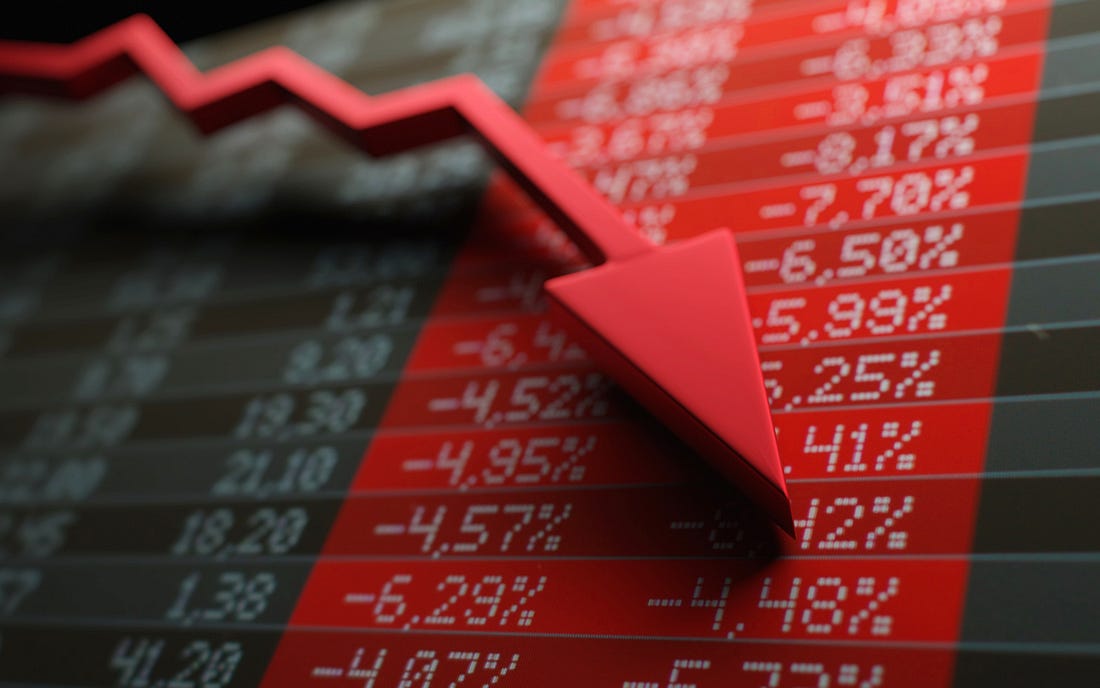|
 |
We’re seeing signs right now which point to a significant shift in the post-World War II global financial and economic order. Are these naturally unfolding events or is America under attack?
I believe it’s both.
In April 2024, I highlighted a unique issue facing the United States in an article titled “Why Does the World Seem to be in a Constant State of Crisis?”
The last time we experienced an interregnum of this type was the 1914 to 1945 timeframe. Needless to say, this was quite a tumultuous era – 31 years that included two world wars and a global depression.
When 1914 started, the Royal Navy of the British Empire ruled the high seas. The colonies of the British Empire spanned the globe, and it had dominated the 19th Century global order – controlling the world’s shipping lanes, issuing the world’s global reserve currency (the pound), and boasting the world’s premiere center of international finance (London).
When 1945 ended, the United States Navy ruled the high seas. U.S. military bases spanned the globe, and the United States dominated the 20th Century global order – controlling the world’s shipping lanes, issuing the world’s global reserve currency (the dollar), and boasting the world’s premiere center of international finance (New York).
As 2024 begins, we see U.S. naval power waning. Houthi rebels have shut down the Red Sea to all traffic from Israel, the United states, and their western allies. Almost 12% of all global trade passes through the Suez Canal, making the Red Sea one of the most vital shipping corridors in the world. For over 80 years, the U.S. Navy has carried out the role of ensuring the world’s shipping lanes remain freely navigable and open to international trade. Now, they are increasingly unable to do so.
The ability of the U.S. to project military power across the globe and secure vital waterways is one of the primary reasons the U.S. dollar dominates international trade.
And the U.S. dollar’s role as world reserve currency, coupled with the role of U.S. treasuries as world reserve asset, is what gives the United States the financial strength to fund a military capable of projecting its power around the globe.
This is a symbiotic relationship where each element reinforces the other.
Almost two years since the Houthi attacks on Red Sea shipping began, commercial shipping traffic in the Red Sea remains substantially decreased – down approximately 75% from where it was prior to the Houthi attacks.
We’re already seeing the military component of this unique relationship breaking down, but we’re also on the verge of seeing the financial component break down as well.
The U.S. dominated global financial system is in a fragile state right now. The list of ailments includes:
A growing U.S. national debt exceeding $37 trillion.
A slowly unfolding commercial real estate crisis threatening regional banks.
A commercial banking system sitting on $395 billion in unrealized losses.
A residential real estate bubble bigger than the 2006 housing bubble.
A U.S. stock market bubble featuring unprecedented overvaluations.
Increasing global financialization featuring derivatives measured in the quadrillions of dollars.
Only God Himself knows why this system hasn’t crashed yet. It’s a Ponzi scheme, built on a house of cards, constructed on a foundation of lies. Like a Jenga tower, one seemingly benign movement can bring the entire structure tumbling down.
Against that backdrop, we find the U.S. sitting on a vulnerability its enemies can easily exploit.
Last year, I put out a video titled, “This is a Surefire Way to Destroy the West! (And Vladimir Putin is Doing It...).”
The West has a major vulnerability, and it’s in the process of being exploited. Whether this is a naturally unfolding event or an intentional attack by U.S. adversaries, the result is the same.
But we have every reason to believe it’s unfolding right now...
Keep reading with a 7-day free trial
Subscribe to End Times Bible Prophecy with Britt Gillette to keep reading this post and get 7 days of free access to the full post archives.
A subscription gets you:
| Full access to the post archive | |
